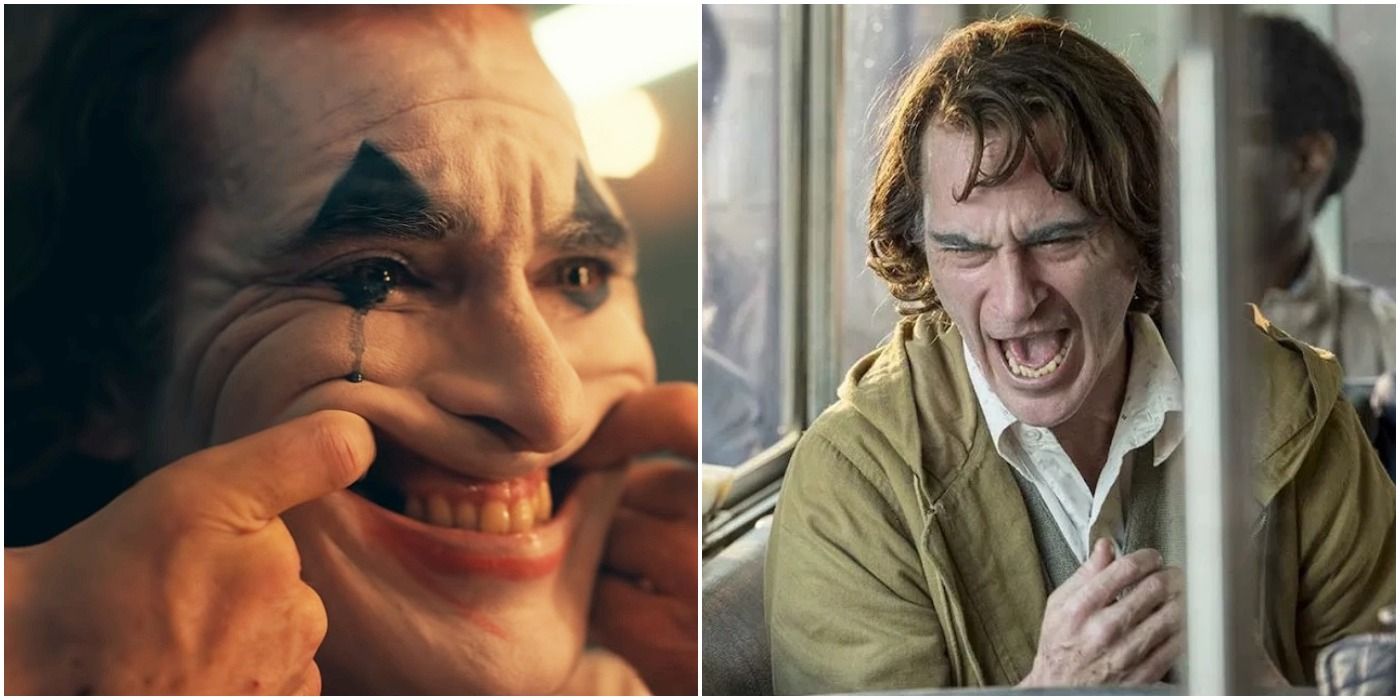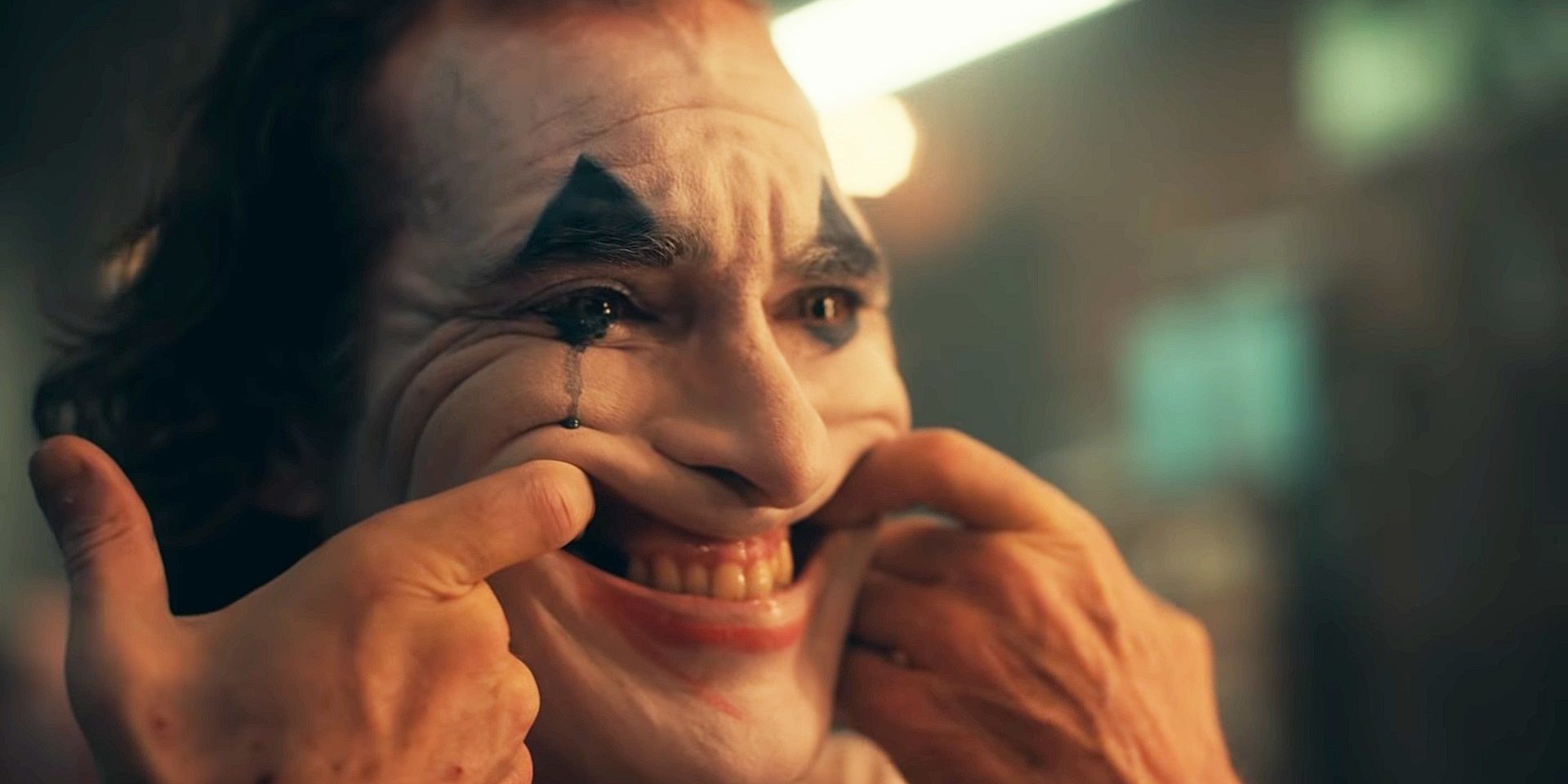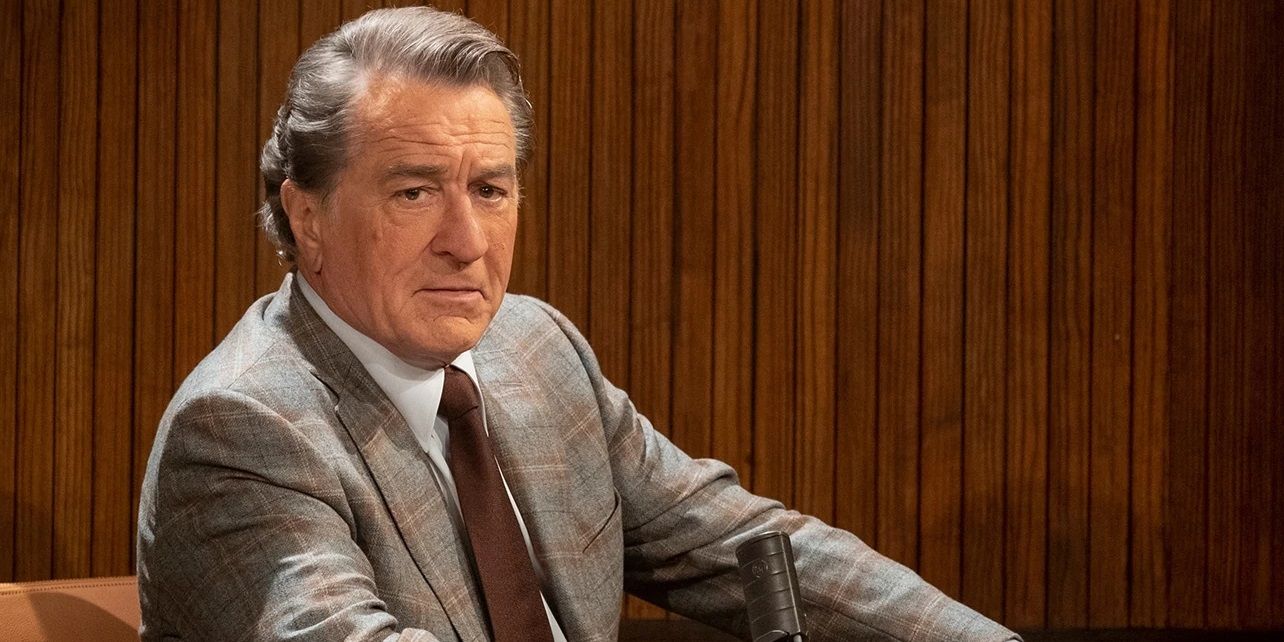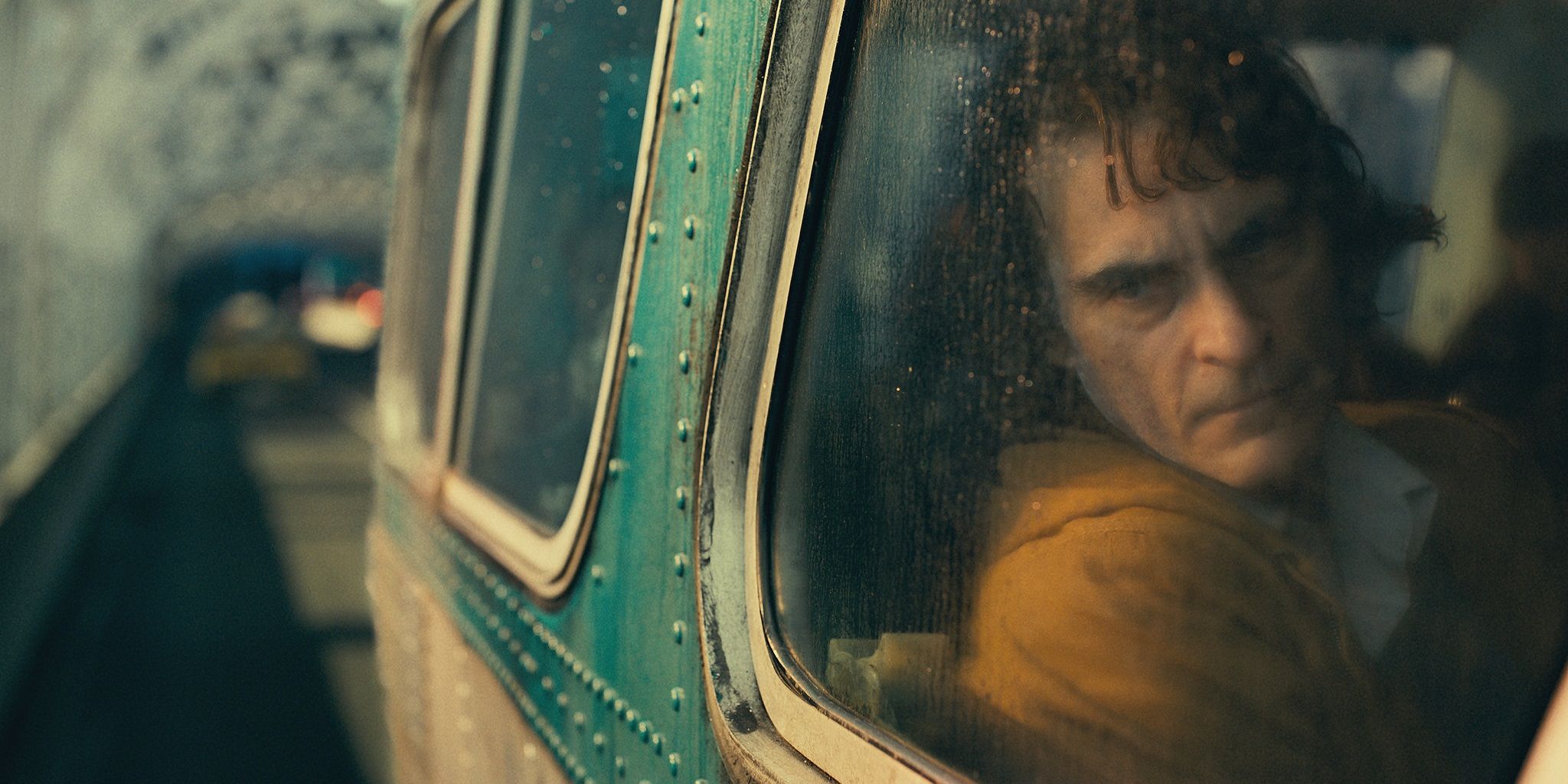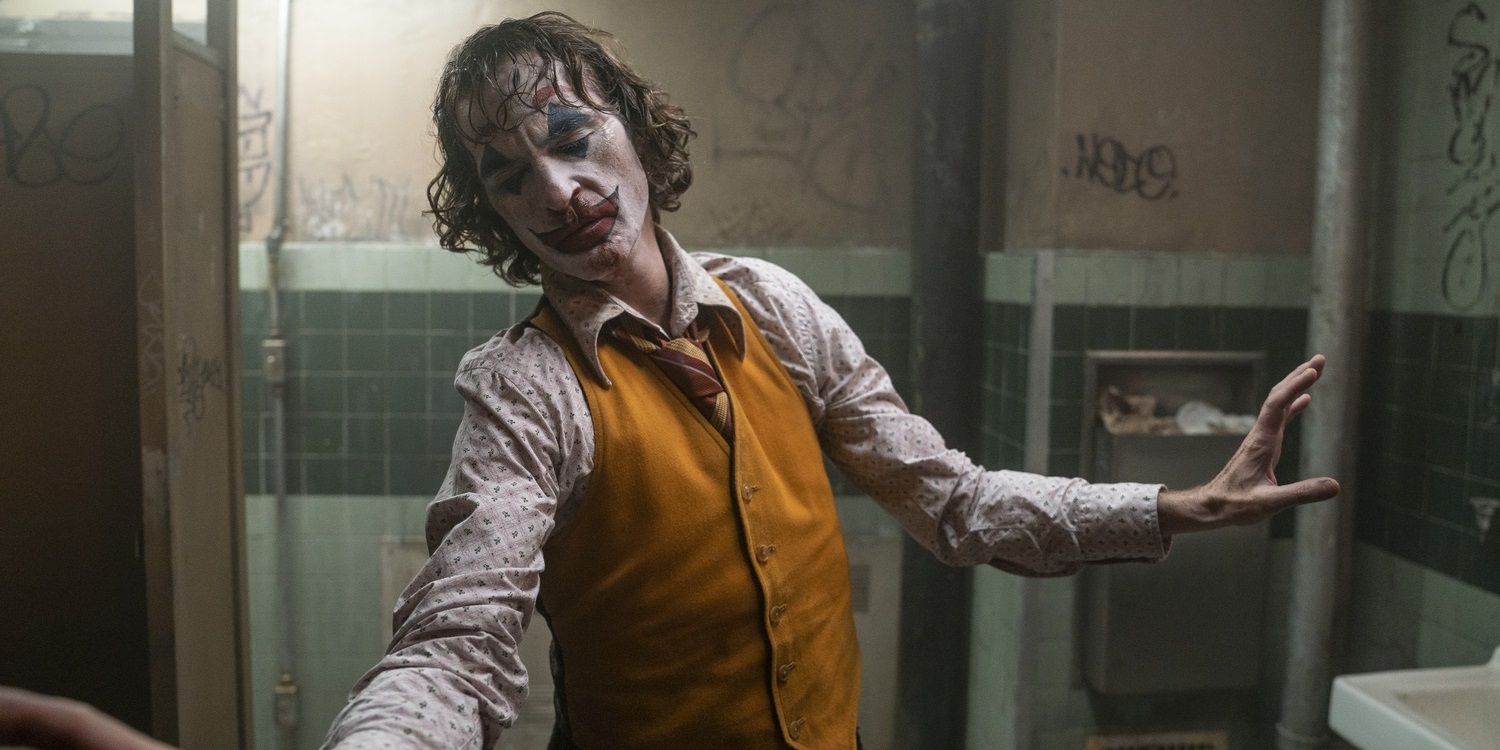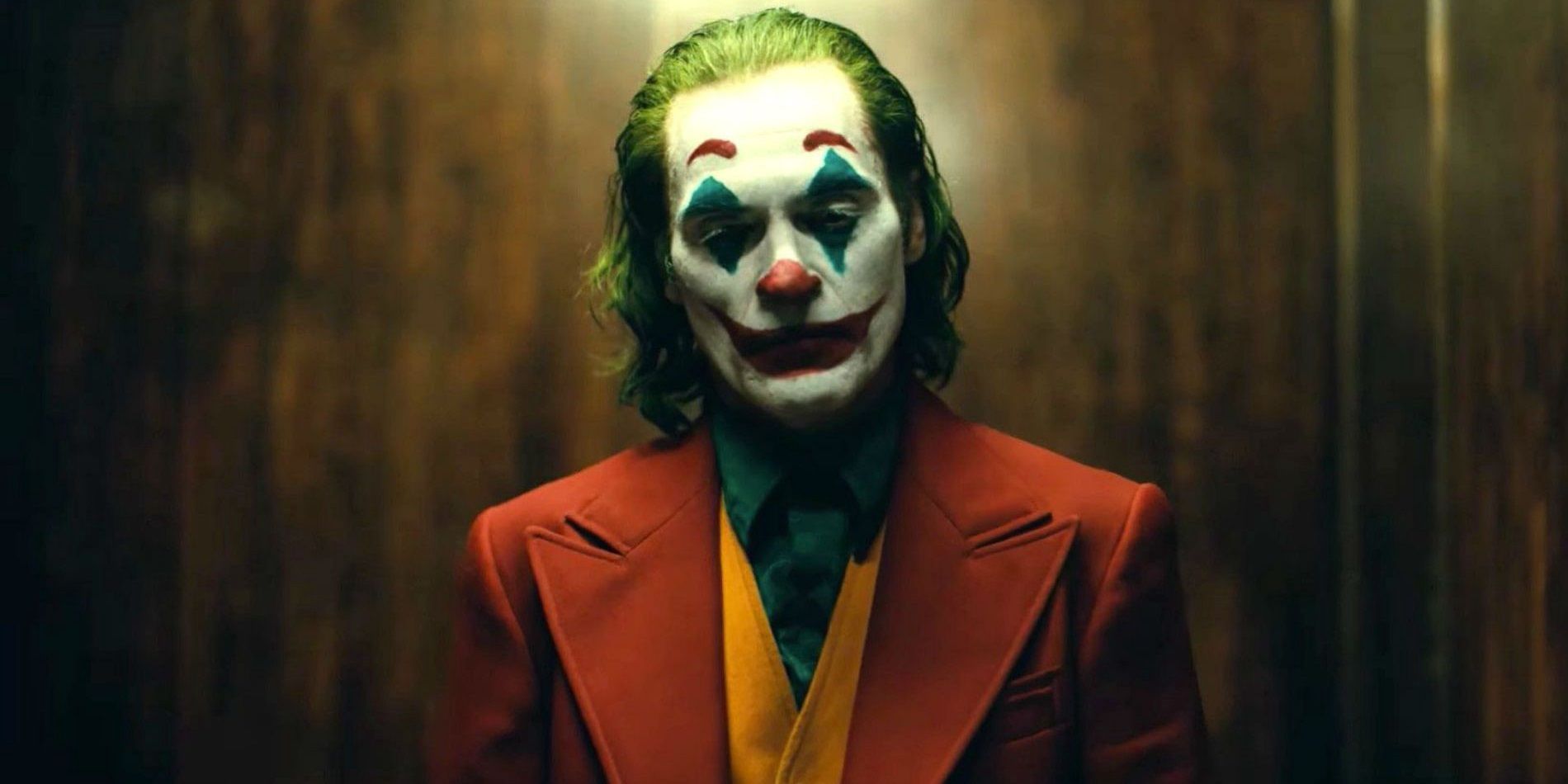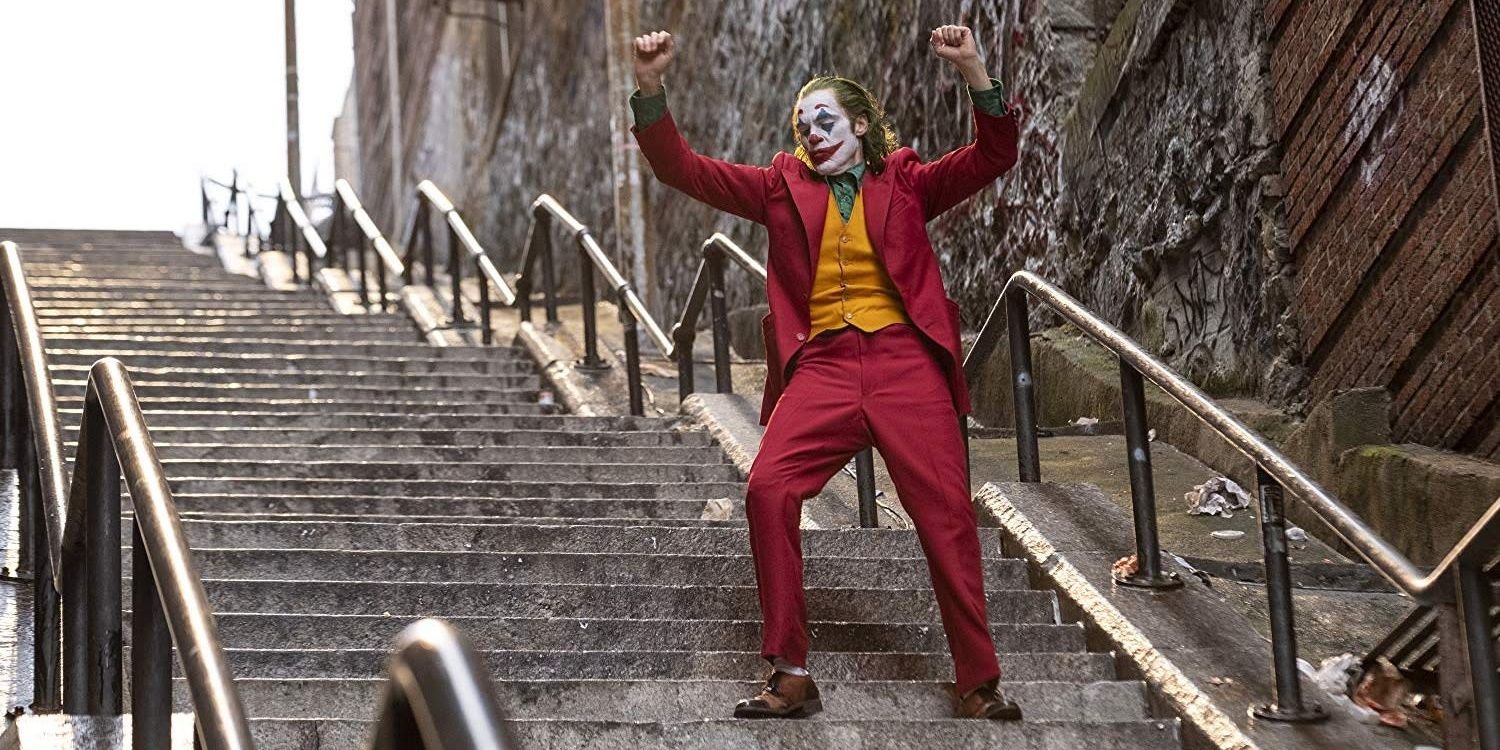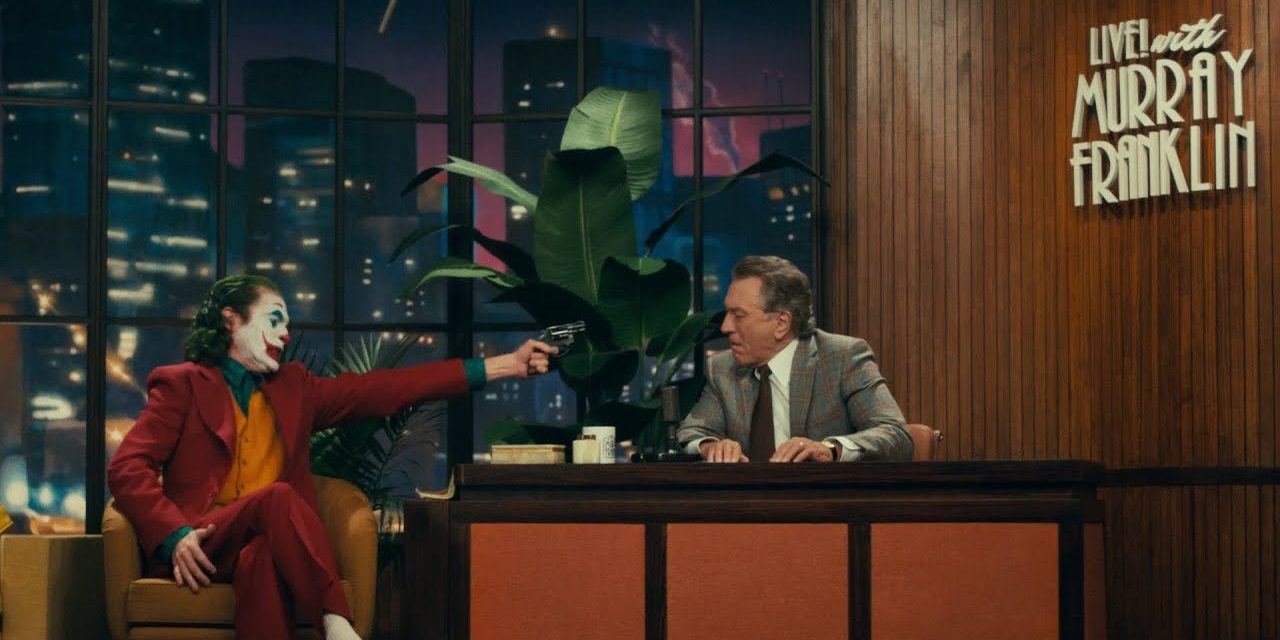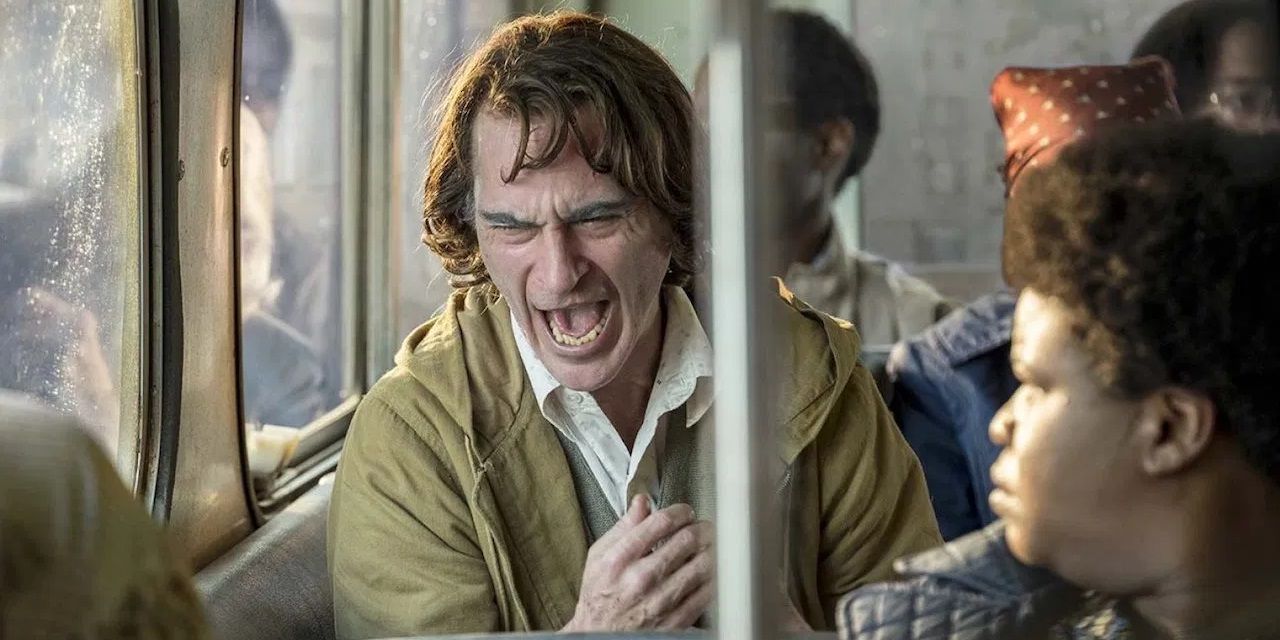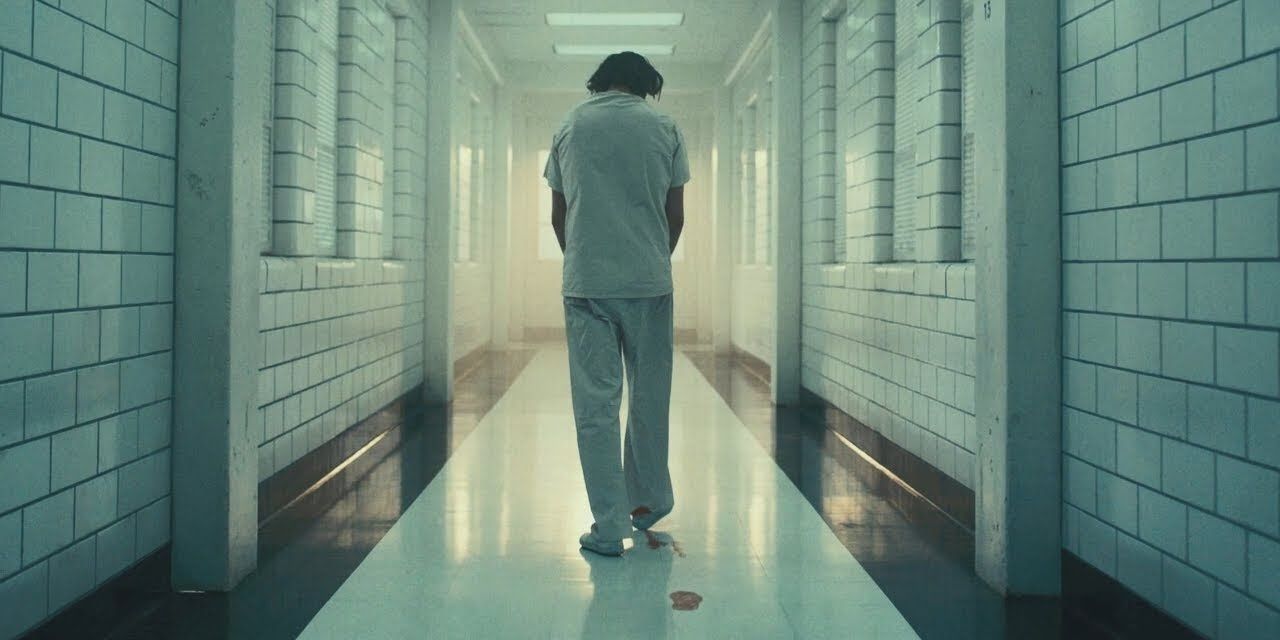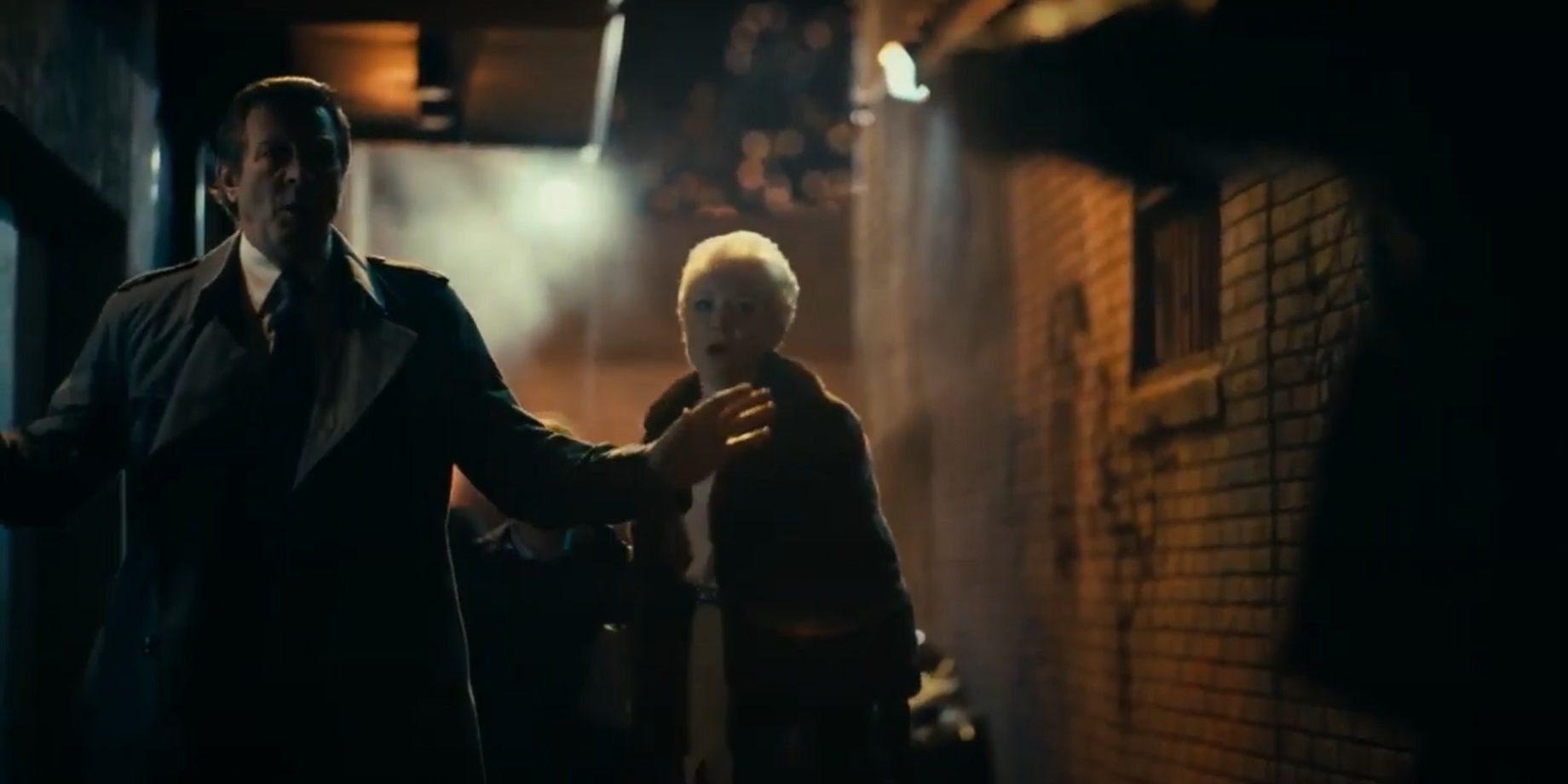In 2019, Todd Phillips teamed up with Joaquin Phoenix to create a new origin story for the Clown Prince of Crime and turned it into the R-rated comic book blockbuster Joker. At the time of its release, the movie was praised by critics and lambasted by many would-be moviegoers, who deemed it the most dangerous film ever made without even seeing it.
This buzz led to a derivative, half-baked, on-the-nose psychological thriller breaking all kinds of box office records and receiving more Academy Award nominations than any other movie in a year containing such masterpieces as Parasite and The Irishman.
Right: Joaquin Phoenix’s Lead Performance
Right off the bat, the MVP of Joker is Joaquin Phoenix’s captivating performance in the title role. The movie rests almost entirely on its lead actor’s shoulders.
Phoenix’s performance has been criticized for being over-the-top, but there’s no denying that whenever he’s on-screen, he’s truly electrifying. His turn as Arthur was unforgettable, and certainly deserving of the Academy Award.
Wrong: Derivative Of Scorsese
Todd Phillips made no secret of the fact that Joker was heavily influenced by the work of Martin Scorsese — particularly Taxi Driver, The King of Comedy, and a little bit of Raging Bull — but it crosses the homage line and becomes directly derivative of Scorsese’s classics.
As a socially awkward loner driven to vigilantism and a struggling comedian who lives with his mother and imagines relationships and butts heads with a famous talk show host, Arthur Fleck is just a blatant combination of Travis Bickle and Rupert Pupkin.
Right: Depicting Gotham
After Tim Burton depicted Gotham as a gloomy German expressionist hellhole and Christopher Nolan depicted it as a crime-ridden urban jungle in the mold of Michael Mann’s L.A. from Heat, Todd Phillips crafted another great on-screen portrayal of Batman’s city, modeling it after Scorsese's New York.
Joker’s portrait of the city’s class divide is extremely on-the-nose, but then again, it is a comic book movie.
Wrong: Taking Arthur’s Side
While Scorsese refrained from framing Travis Bickle as a badass and instead portrayed him as a dangerous lunatic that the audience shouldn’t root for, Todd Phillips took the much easier route of making Arthur Fleck seem really cool. The jerky stockbrokers he kills are so disgustingly obnoxious that the audience can’t help but cheer when Arthur shoots them in the face. In his attempts to become Scorsese, Phillips basically became Michael Bay.
The reason for all that unnecessary controversy about the widespread violence this movie was supposed to incite was that Phillips sides with his deranged antihero.
Right: Lawrence Sher’s Cinematography
If Joaquin Phoenix is the best thing about Joker, the second-best thing is Lawrence Sher, the movie’s director of photography. Sher’s cinematography is drenched in color, capturing the dark tone of the story with gloomy imagery and then soaking that gloom in neon light.
A number of shots in Joker, from Arthur emerging from the elevator in makeup to the eerie wall of TV monitors following the death of Murray Franklin, have become iconic, thanks to Sher’s work.
Wrong: Too Big For Its Boots
Todd Phillips really wanted to have something meaningful to say with Joker. The problem is that he simply didn’t. So, instead, he made a movie that acts like it has substance.
As a result, Joker has all the ingredients of a great movie without actually being one, because it has nothing to say.
Right: Murray Franklin’s Death
Although the line “You get what you f**king deserve!” is pretty cringeworthy (which might actually be the point), Murray Franklin’s death scene is suitably shocking. It seemed inevitable, yet it still came as a surprise.
Using the in-universe cameras from Murray’s talk show to capture the murder made the killing seem more real. This moment brought the house down in every theater.
Wrong: On-The-Nose Social Commentary
The social commentary in Joker is about as poignant and nuanced as one would expect from the director of The Hangover trilogy, which is to say it isn’t at all. The super rich’s treatment of the impoverished is cartoonishly on-the-nose.
While the movie thinks it’s sticking up for those suffering from mental health issues, it actually does everything in its power to further stigmatize them.
Right: The Ending
Arthur Fleck is characterized throughout Joker in such a way that the entire movie could’ve been fabricated in his head while he was incarcerated in Arkham Asylum. The ending of the film makes this delightfully ambiguous, allowing the audience to draw their own conclusions, which is rare in comic book blockbusters.
The final shot of Arthur running through the asylum, leaving behind bloody footprints and being chased by orderlies while Frank Sinatra’s “That’s Life” plays on the soundtrack, made for a terrific ending.
Wrong: Killing Bruce Wayne’s Parents AGAIN
Todd Phillips promised that Joker would have absolutely nothing to do with the extended DC movie-verse. Why, then, does the movie rely so heavily on its connection to Batman? A lot of the Thomas Wayne stuff in Joker works, but the Waynes’ final appearance is enough to induce an eye-roll.
Yet again, DC fans had to sit through the murder of Thomas and Martha Wayne — this time, perpetrated by one of the Joker’s followers during a riot — and Todd Phillips did nothing to shake it up. The scene even featured Martha’s infamous pearl necklace.

